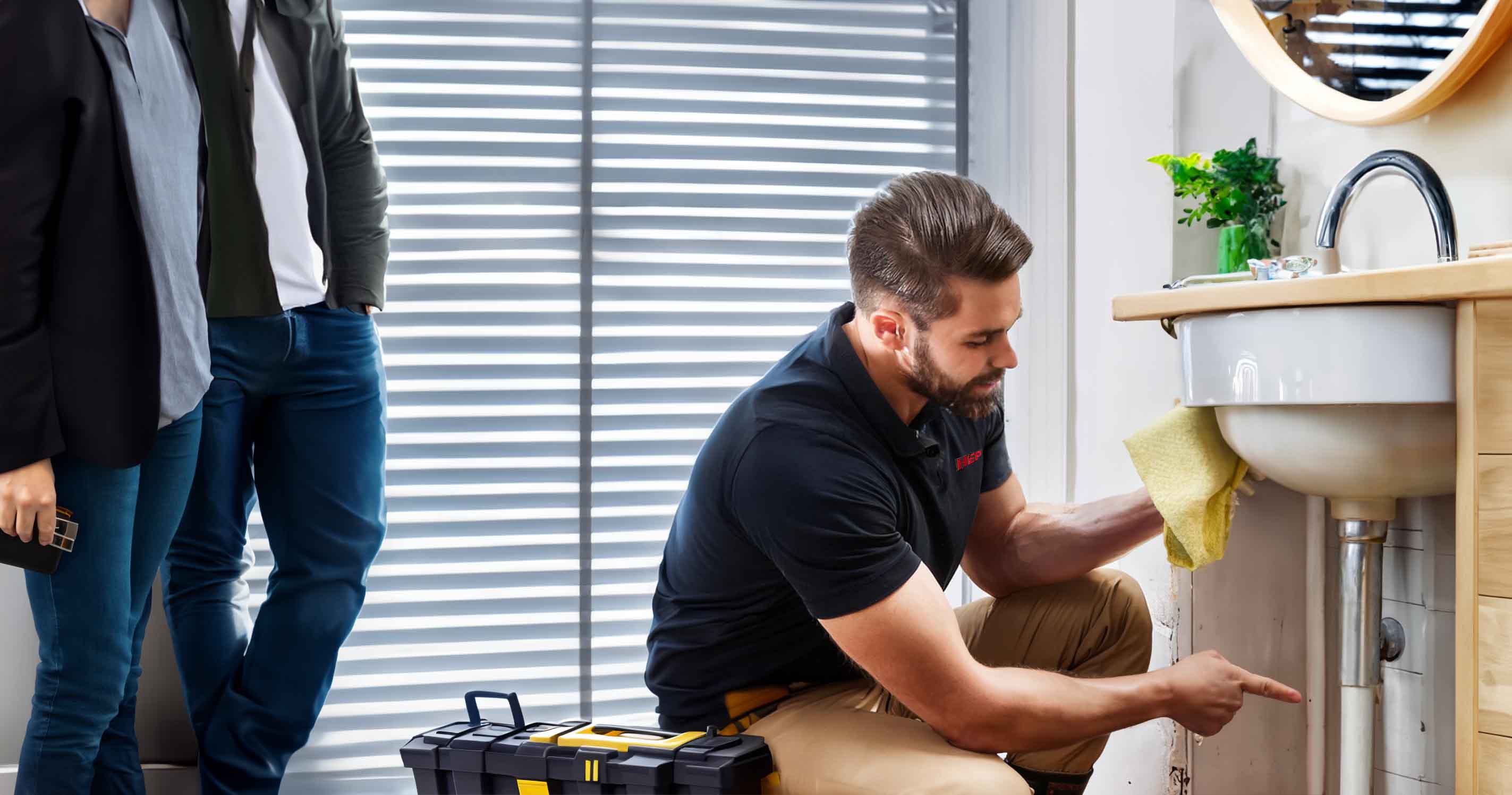- HEP
- Water Conservation

 Water Conservation
Water Conservation
Water Conservation | Toilet Upgrades and Replacements | Plumbing | Oneida
Imagine flushing away gallons of money each year without even knowing it. That’s what outdated toilets can do to your water bill, and it’s exactly why HEP’s water-conservation pros in Oneida focus on smart, eco-friendly solutions. Our licensed plumbers assess your current fixtures, pinpoint hidden leaks, and recommend high-efficiency models that slash water usage while boosting performance—so every flush feels powerful, quiet, and guilt-free.
From compact bathrooms in historic homes to large family residences, our team handles all toilet upgrades and replacements with precision, disposing of old units responsibly and installing new ones in a single visit. You’ll enjoy lower utility costs, a smaller environmental footprint, and the peace of mind that comes from partnering with Oneida’s most trusted plumbing specialists. Ready to save water and money? HEP is here to help—just give us a call, and let’s start flushing smarter.
FAQs
Why should I upgrade my old toilet to a high-efficiency model in Oneida?
Older toilets manufactured before 1994 can use 3.5–7 gallons per flush. Modern high-efficiency toilets (HETs) use 1.28 gallons or less, cutting water use by 60 % or more. That translates into lower City of Oneida water bills, less strain on private wells or septic systems, and a smaller environmental footprint for the Mohawk River watershed.
How much water can I save by switching to a WaterSense-certified toilet?
A WaterSense toilet is independently tested to use no more than 1.28 gpf (gallons per flush) while meeting flushing performance standards. Replacing one 3.5 gpf toilet that is flushed five times daily saves about 4,000 gallons per year. In a typical four-person Oneida household with two toilets, the annual savings can exceed 30,000 gallons—enough to fill a backyard swimming pool.
Are there rebates or incentives available in Oneida or New York State for water-saving toilet replacements?
Yes. The New York State Energy Research and Development Authority (NYSERDA) periodically offers appliance efficiency incentives, and the City of Oneida Department of Public Works has a limited rebate program for WaterSense toilets rated at 1.28 gpf or lower. Utility-run programs such as National Grid’s energy-and-water conservation kit may also apply. Our office keeps current forms on hand and can submit the documentation for you.
What is involved in a professional toilet replacement service?
1. Pre-installation assessment: We verify rough-in size, flange condition, shut-off valve integrity, and floor level. 2. Selection consultation: We help you choose a WaterSense, dual-flush, pressure-assist, or comfort-height model that meets your preferences and Oneida plumbing code. 3. Removal: Old fixture is drained, unbolted, and recycled or disposed of responsibly. 4. Installation: We install a new wax or rubber seal, stainless bolts, upgraded supply line, and the toilet itself, then level and caulk. 5. Testing: We flush multiple times, check for leaks, and measure flow rate. 6. Paperwork: We complete any rebate forms and provide a workmanship warranty.
Can dual-flush or pressure-assist toilets handle cold Upstate New York winters without issues?
Absolutely. Dual-flush mechanisms and pressure-assist tanks are enclosed inside the same vitreous china bowl and insulated tank that conventional toilets use. They rely on supply water already at indoor room temperature. As long as your bathroom is heated above 40 °F and the plumbing is properly insulated—standard practice in Oneida homes—winter operation is trouble-free.
How do I know if my current toilet is wasting water?
Perform these quick checks: • Drop-test: Put a few drops of food coloring in the tank; if color appears in the bowl within 10 minutes, the flapper is leaking. • Listen for hissing: A constant refill valve hiss means water is escaping. • Check the tank stamp: If the porcelain lists 3.5 gpf or higher, it’s an inefficient model. • Look for condensation: Excessive tank sweating often signals continuous water flow. If any of these occur, schedule an inspection—repairing or replacing the toilet can stop hundreds of gallons per month from literally going down the drain.